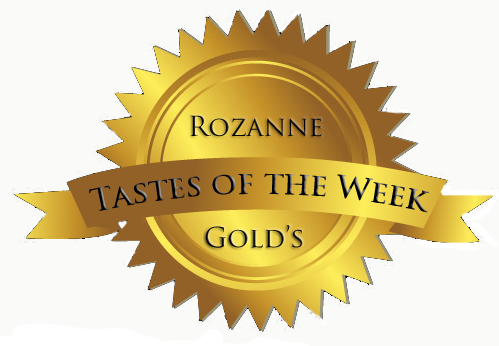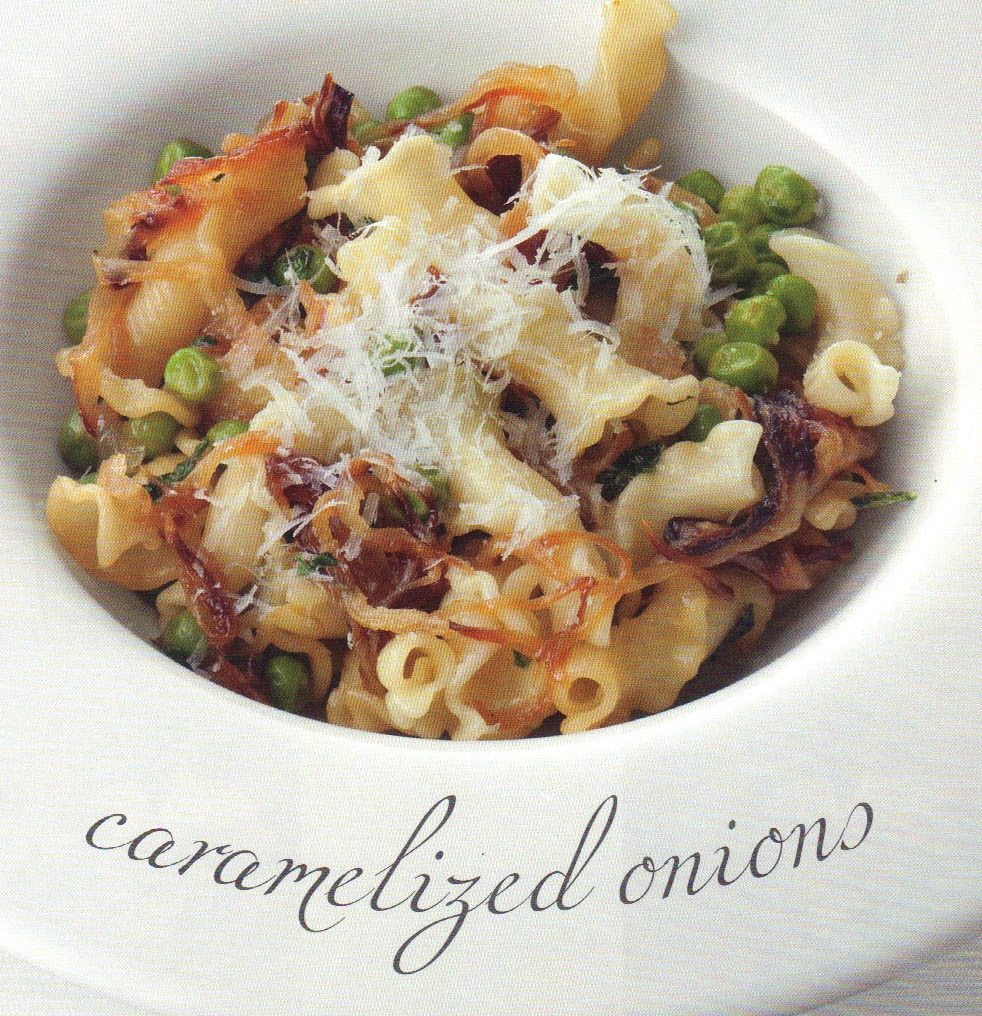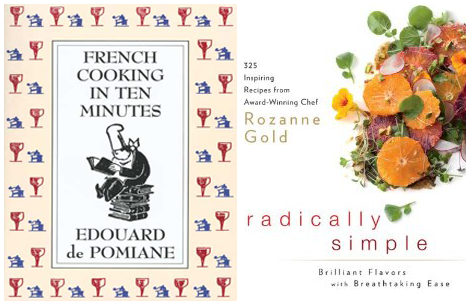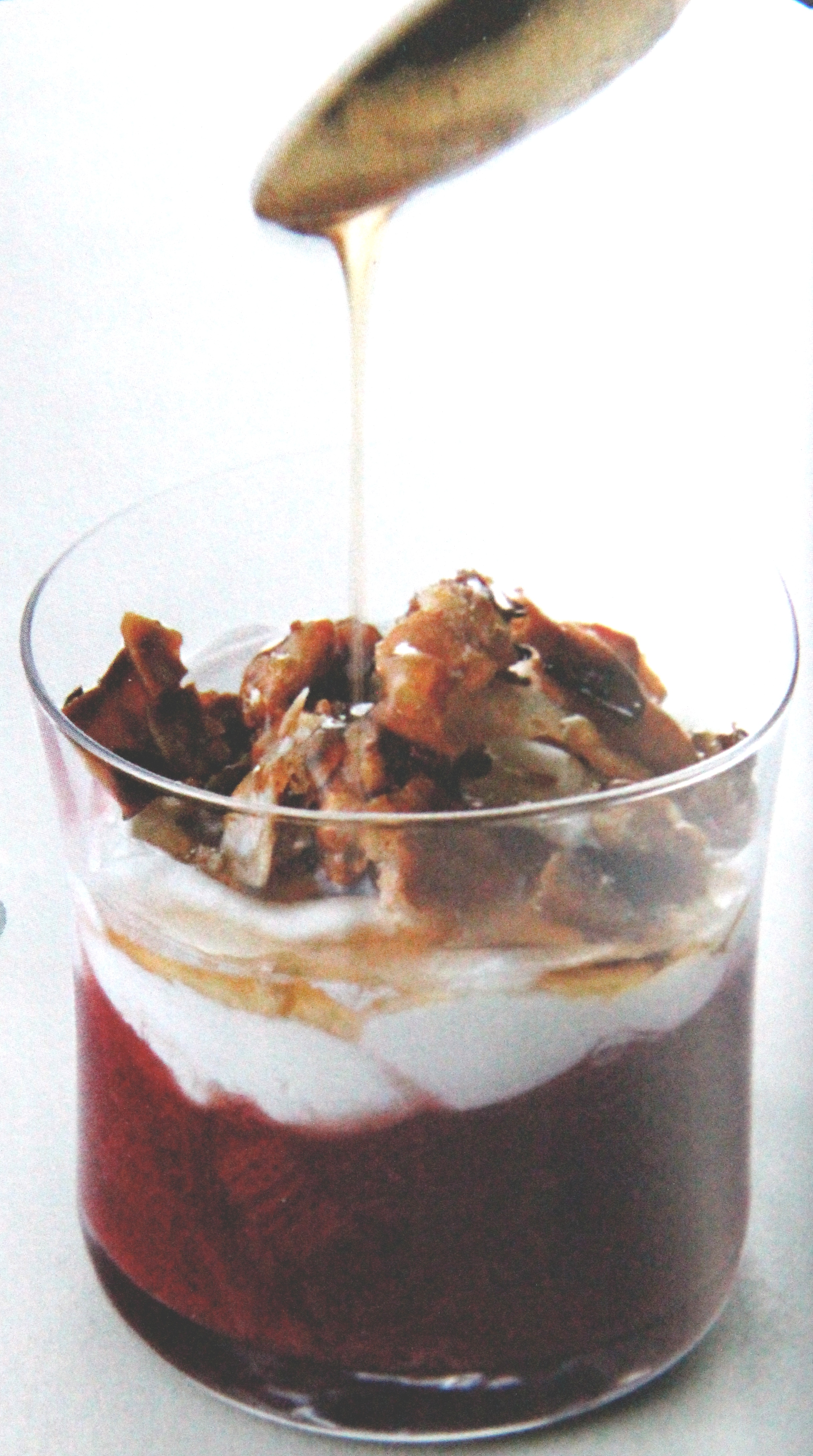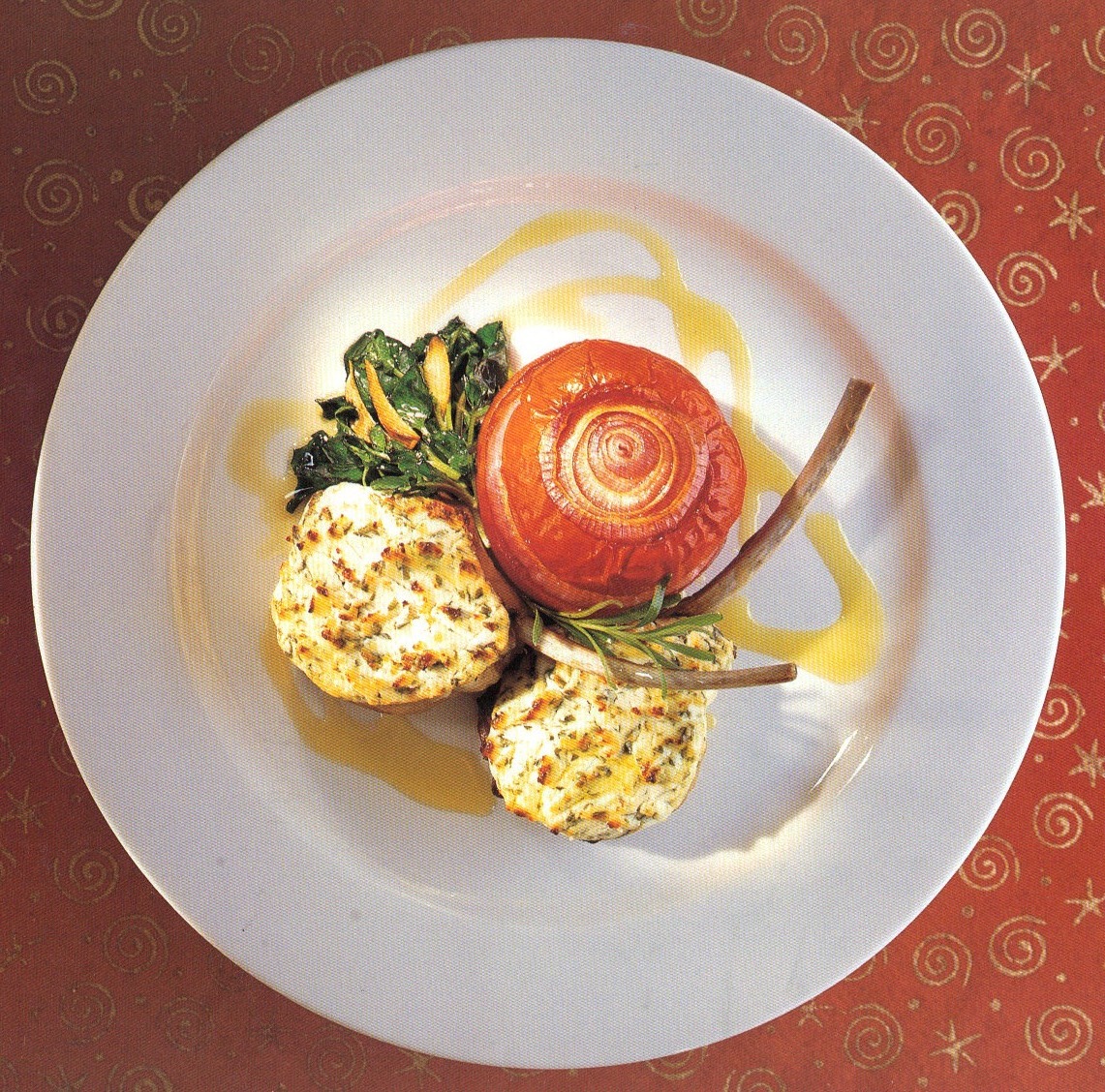There I was, giving a cooking demonstration in New York City’s vibrant Union Square Market, when I ran out of food. The line for “free tastes” was growing ominously that sultry summer afternoon. What to do? I begged a farmer for a bushel of overripe heirloom tomatoes and started pureeing the heck out of them in a blender that teetered atop a rickety melon crate. In minutes, the natural pectin bound the tomatoes into a mousse-y froth worthy of a snapshot in Molecular Gastronomy Digest. A touch of fleur de sel made the flavor soar. Everyone wanted a taste of “Pink Tomato Frappe.”
When it comes to cooking, less indeed is more. I have found that three ingredients of uncompromising quality often are all you need to create dishes that taste more delicious than the sum of their parts. Everyone wants recipes that work, but the outcome of cooking depends mightily on the ingredients you choose. Good ingredients are essential to simple cooking because when you cook with just three, there’s nothing masking inferior quality. Three ingredients mean less shopping, less preparation, and less clean-up, too. Keeping it simple means you can intensely focus on your relationship with each ingredient, which in today’s parlance means cooking “mindfully.” Your kitchen becomes a more welcoming place. It’s magical watching a chocolate cake evolve from a trio of eggs, chocolate, and butter; or an entire meal blossom from just twelve ingredients. So commit to buying the freshest vegetables, herbs, and fruits—preferably in season—from a farmer’s market or top-quality supermarket. Although we pretend to escape dependency on the seasonal cycles of nature, we delude ourselves. Raspberries shipped from Chile in sealed gas containers in December, broccoli harvested before a frost, tomatoes plucked green and trucked two thousand miles— all are dilute imitations of the real thing that seduce our appetites but corrupt our tastes. My radically streamlined approach to cooking – the antithesis of “molecular” – exploits the qualities of fresh ingredients with a highly original approach that has unknowingly influenced some of the world’s best chefs. Like the minimalist movement in art, which reacted to the excesses of abstract expressionism, many contemporary chefs are exploring a radicalized mode of cooking. Laurent Gras made headlines at the Waldorf by cooking with only two ingredients. Daniel Boulud, said “Cooking with three ingredients is the way a chef really wants to cook at home.” Boston’s Lydia Shire once said “some of the world’s best dishes have no more than three ingredients.” Charlie Trotter made his opulent scramble with only three ingredients — organic eggs, crème fraiche, and butter. And the late Joel Robuchon not long ago proclaimed, “We’re aiming for simplicity. We’ve moved towards a cuisine where the original flavor of the natural product is a recipe’s most important element.”
But celebrating the inherent qualities of today’s superlative ingredients is by no means new. “Let a cabbage soup be entirely cabbage…and may what I say about soup be a law applied to everything that is eaten,” said Nicholas de Bonnefons, a valet in the court of Louis XIV. Likewise, Curnonsky, known as the prince of gastronomes, surmised that “cuisine is when things taste like themselves.”
I couldn’t agree more.
Pink Tomato Frappe
Nothing expresses the idea of summer better than this one-ingredient recipe. Each pound of tomatoes makes 2 cups of soup. Bonus: After a few minutes, the pectin in the tomatoes firms it up, making a kind of mousse.
3 pounds very ripe red tomatoes
Fleur de sel or Maldon salt
Wash and core the tomatoes. Cut in half through the equator and squeeze out the seeds. Cut half the tomatoes into chunks and put in a blender. Process until completely smooth and foamy. Transfer to a bowl. Repeat with the remaining tomatoes. Add fleur de sel to taste. Sprinkle more on top before serving. Serves 6




